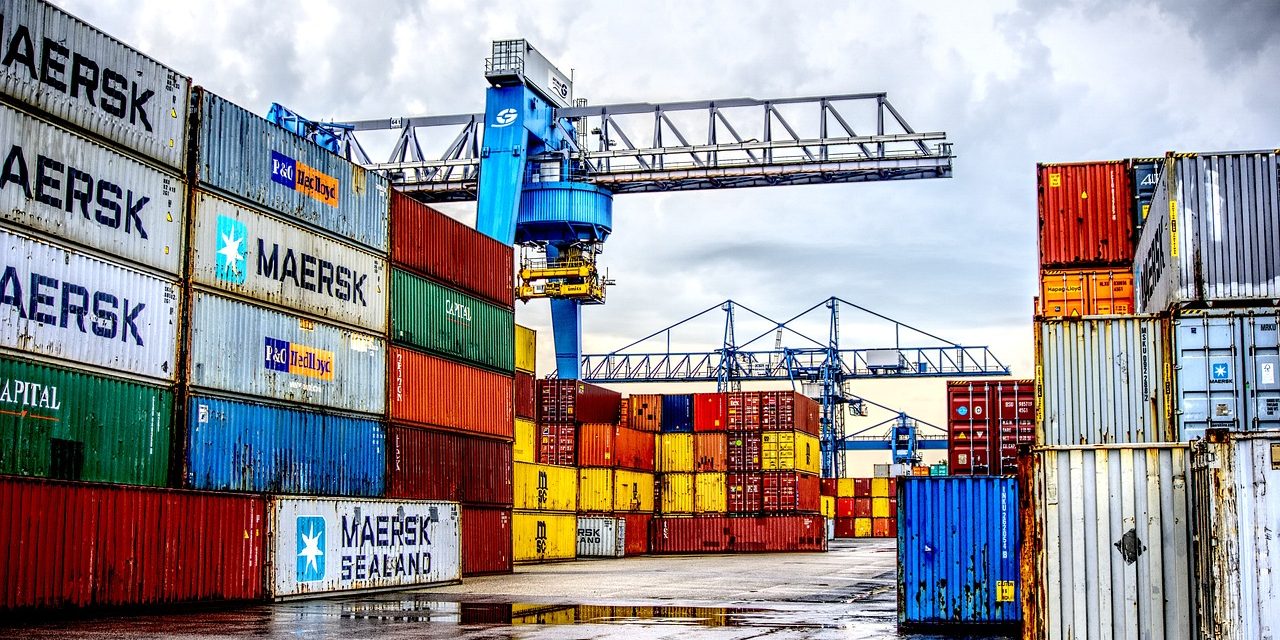Handling hazardous materials requires meticulous attention to safety and compliance with regulatory requirements to protect people, property, and the environment. These materials, which include chemicals, flammable substances, and radioactive materials, pose significant risks if not managed properly. In this blog post, we will explore essential safety tips and regulatory requirements for handling hazardous materials to ensure safe and compliant operations.
1. Understanding Hazardous Materials
Hazardous materials are substances that, due to their chemical or physical properties, can pose risks to health, safety, or the environment. They are classified into various categories based on their nature and potential hazards:
- Flammable Materials: Substances that can easily ignite and burn, such as gasoline, solvents, and alcohol.
- Toxic Materials: Substances that can cause harmful effects through inhalation, ingestion, or skin contact, such as pesticides and industrial chemicals.
- Corrosive Materials: Substances that can cause severe damage to living tissue or materials, such as acids and alkalis.
- Explosive Materials: Substances that can cause explosions under certain conditions, such as fireworks and certain chemicals.
- Radioactive Materials: Substances that emit radiation and can pose health risks, such as medical isotopes and nuclear waste.
2. Safety Tips for Handling Hazardous Materials
Effective safety measures are crucial for minimizing the risks associated with hazardous materials. Here are key safety tips for handling these substances:
- Proper Training: Ensure that all personnel involved in handling hazardous materials receive comprehensive training. Training should cover proper handling techniques, emergency response procedures, and the use of personal protective equipment (PPE).
- Use Personal Protective Equipment (PPE): Equip employees with appropriate PPE, such as gloves, goggles, masks, and protective clothing, based on the type of hazardous material being handled. PPE helps prevent exposure and reduce the risk of injury.
- Implement Safety Procedures: Establish and follow strict safety procedures for handling, storing, and disposing of hazardous materials. Procedures should include guidelines for safe transfer, spill response, and emergency shutdowns.
- Label and Mark Containers: Clearly label and mark all containers of hazardous materials with the appropriate hazard symbols and safety information. Proper labeling helps ensure that personnel are aware of the risks and can take appropriate precautions.
- Maintain Safety Data Sheets (SDS): Keep up-to-date Safety Data Sheets for all hazardous materials on-site. SDS provide detailed information on the properties, hazards, and handling requirements of each material.
- Ensure Proper Storage: Store hazardous materials in designated, well-ventilated areas that meet regulatory requirements. Use appropriate containment measures, such as secondary containment systems, to prevent leaks and spills.
- Regular Inspections: Conduct regular inspections of storage areas, equipment, and handling procedures to identify and address potential hazards. Regular maintenance and safety checks help ensure ongoing compliance and safety.
3. Regulatory Requirements for Hazardous Materials
Compliance with regulatory requirements is essential for handling hazardous materials safely and legally. Here are key regulatory considerations:
- Regulatory Agencies: Different countries have regulatory agencies that oversee the handling and transport of hazardous materials. In Pakistan, the relevant authorities include the Environmental Protection Agency (EPA) and the Department of Explosives.
- International Regulations: For international transport, adhere to regulations set by international organizations such as the International Maritime Organization (IMO) and the International Air Transport Association (IATA). These organizations provide guidelines for the safe transport of hazardous materials by sea and air, respectively.
- Transportation Regulations: Follow specific transportation regulations for hazardous materials, including packaging, labeling, and documentation requirements. Ensure compliance with regulations governing the type of transport used, such as road, rail, or maritime.
- Occupational Safety and Health Administration (OSHA) Standards: In many countries, OSHA standards govern workplace safety and health, including the handling of hazardous materials. Familiarize yourself with OSHA regulations related to hazardous materials, including training and recordkeeping requirements.
- Emergency Response Plans: Develop and implement emergency response plans in accordance with regulatory requirements. Plans should outline procedures for responding to spills, leaks, or accidents involving hazardous materials.
4. Best Practices for Safe Handling
Adopting best practices for handling hazardous materials can further enhance safety and compliance:
- Conduct Risk Assessments: Perform risk assessments to identify potential hazards and evaluate the effectiveness of existing safety measures. Use the results to improve handling procedures and minimize risks.
- Implement Safety Management Systems: Establish a safety management system to monitor and manage safety performance. Systems should include policies, procedures, and audits to ensure ongoing compliance and improvement.
- Promote a Safety Culture: Foster a safety culture within your organization by encouraging open communication about safety concerns and promoting adherence to safety protocols. Recognize and reward safe practices to reinforce the importance of safety.
- Engage in Continuous Improvement: Regularly review and update safety procedures, training programs, and emergency response plans. Stay informed about industry best practices and regulatory changes to ensure continuous improvement in hazardous material handling.
5. Case Studies: Successful Hazardous Material Handling
Examining real-world examples of successful hazardous material handling can provide valuable insights:
- Case Study 1: Chemical Manufacturing Facility
- Challenge: A chemical manufacturing facility needed to improve its hazardous material handling procedures to comply with new regulations.
- Solution: The facility implemented enhanced training programs, updated safety procedures, and upgraded storage facilities. Regular audits and inspections ensured ongoing compliance and safety.
- Case Study 2: International Shipping of Hazardous Goods
- Challenge: An international shipping company faced challenges in ensuring compliance with hazardous material regulations for global shipments.
- Solution: The company established a comprehensive compliance program, including proper labeling, documentation, and training. Collaboration with regulatory agencies and stakeholders ensured smooth and compliant transport.
Conclusion
Handling hazardous materials requires careful attention to safety and regulatory requirements to mitigate risks and ensure compliance. By following safety tips, adhering to regulatory requirements, and adopting best practices, you can effectively manage hazardous materials and protect people, property, and the environment.
For expert assistance with hazardous material handling and compliance, contact Omega Shipping Agency at info@omegashippingagency.com or call us at +92-42-35772072-73, +92-321-4477442. Our team is dedicated to providing tailored solutions for specialized cargo handling and ensuring the safe and compliant management of hazardous materials.





